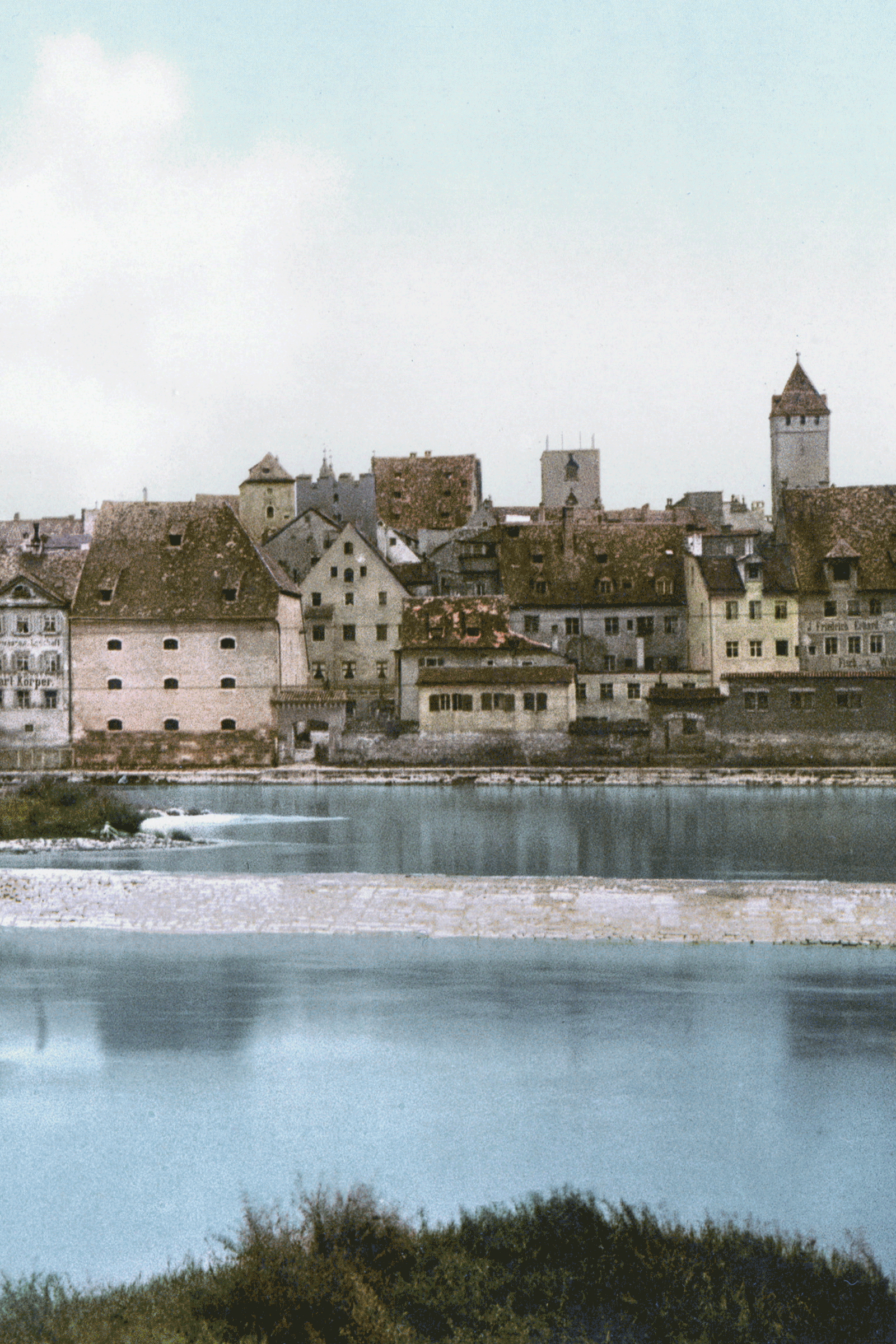- Typology
- Research
- Project
- Freistaat_100 & D'Freistaat_In 020
- Partner
c/o now in colaboration with the Professorship of Architectural and Cultural Theory
- Client
at Technical University of Munich (TUM)
- year
- 2017 - 2018
- Location
- München, Bayern, Deutschland
- Experimental research project as a part of the 100th anniversary of the proclamation of the „Free State of Bavaria“ in 1918 by the first Bavarian Prime Minister Kurt Eisner and also of the introduction of women’s suffrage. Bavarian state elections will take place simultaneously in autumn 2018. Based on an idea by c/o now, conducted in cooperation with the „Professorial chair for architecture- and cultural theory“ at the Technical University in Munich (TUM), where Andrijana Ivanda and Tobias Hönig performed a teaching assignment for c/o now in the winter semester 2017/18.
- assistant professor
- Verena Hartbaum
- Lectureship of the Gender Equality Officer
- Andrijana Ivanda
- visiting assistant professor
- Tobias Hönig
- students
- Sichen Dong, Nich Förster, Alexandra Haßlacher, Sara Hozzankova, Khanh Le, Bárbara Mühle, Isidora Ristov
- guest critic
- Dietrich Erben, Stephan Trüby, Matthieu Wellner
- 020
Gif.2001© c/o now
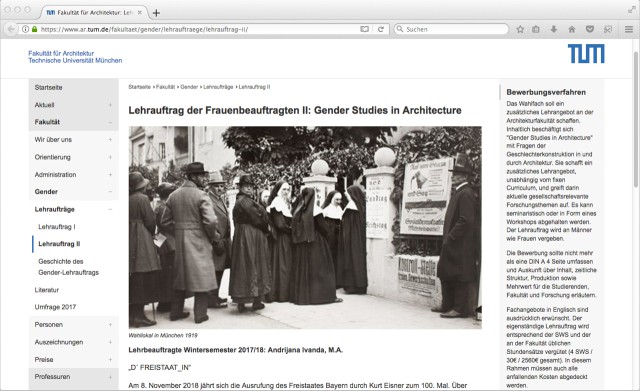 020
020
Fig.___In winter semester 2017/18 Andrijana Ivanda holds the „Lectureship of the Gender Equality Officer II: Gender Studies in Architecture“ at Technical University of Munich (TU). The Gender Equality Officer’s website states: "The lectureship provides funding for the running of an additional elective course at the Department of Architecture that is not tied to a specific course curriculum and can therefore address topics of current interest or a specific research purpose. It can take the form of a seminar or workshop and can be awarded to both male and female applicants."
www.ar.tum.de
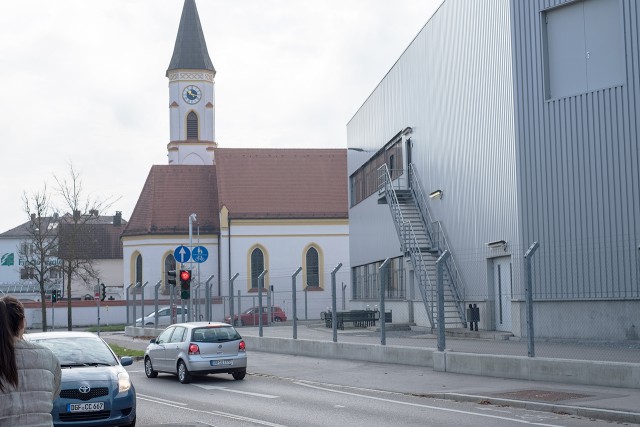 020
020
Fig.___Image: BMWs plant 2.1 is a significant part of Dingolfings urban setting.
The topic of numerous TV series in the 1960s, 70s and 80s is often the transformation of Bavaria from a agrarian state into a global player and its precipitation in the normal life of ordinary people. Lower Bavaria is repetitively a setting of this narratives. Particularly impressive though in this case was no TV series but the partly filmed "Bavarian trilogy" of the Lower Bavarian Martin Speer. His “Hunting Scenes From [Lower] Bavaria“ still – although general validity applies – cast a shadow on the imagination of the state if social space in the southeast of Bavaria: until today it’s said that the people of Lower Bavaria kept the rough personality traits which they gained in centuries of earning a living in agriculture.
Photo: Nick Förster
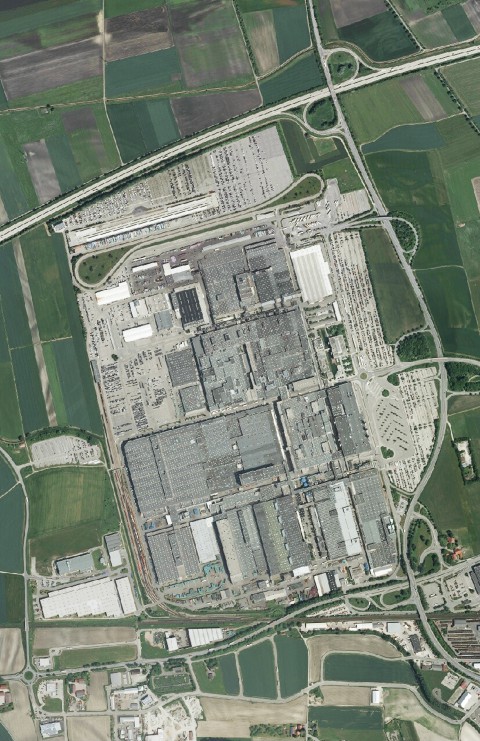 020
020
Fig.___Image: BMWs plant 2.4 in Dingolfing, Lower Bavaria.
With Dingolfing as object of investigation it is possible to break down specific Lower Bavarian imprints as well as the development of the entire Free state “from an agrarian state to an high-tech-land” (Hanns-Seidel-Stiftung). The history of the family Glas tells us the story of an manufacturer of agricultural machinery who invents a strategy how to defy the Volkswagen – literally a people's car – on the new automobile-market of the young Bundesrepublik and how this layed the foundation for the success of the Bavarian flagship automaker BMW.
On the federal motorway A92 it’s only 20 kilometers between the plants of BMW in Dingolfing and the nuclear power station "Isar". In large proportions of Lower Bavaria the cloud rising from its cooling tower is a well known landmark. Standing on the ground of BMW in Dingolfing, the cooling tower appears to be a logical component of the functional architecture gathered there. This urban constellation and its architectural shape are a massive expression of the social conditions in Bavaria since 1945. At the same time this ensemble envisions how urgent the contemporary Bavaria has to deal with the question of a future without the combustion engine and a uncertain energy system transformation.
Bayerische Vermessungsverwaltung – www.geodaten.bayern.de (http://vermessung.bayern.de/opendata) [CC BY 3.0 de (http://creativecommons.org/licenses/by/3.0/de/deed.en)]
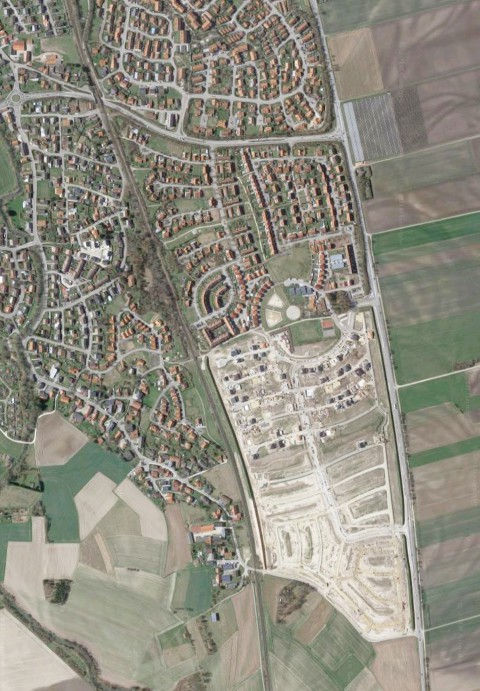 020
020
Fig.___Image: Single-family-housing-area in the south of Dingolfing, Lower Bavaria.
BMW is omnipresent in Lower Bavaria. Many work in the plants of Dingolfing and Landshut as well as in the supplier companies that settled here. Alone 150 bus lines are maintained to bring people to their workplaces and to guarantee the daily operation of the plants. The dominant dwelling model is the suburban single-family house, which makes according to the Bavarian State Statistical Office the third of all existing living units in Bavaria. The predominant proportion of BMWs staff is still male. When they get on the BMW-buses to drive to their shift, they leave so-called “Hockey mums” behind in the single-family houses. Typology becomes a significant impact on the hockey mums life. This impact can only be escaped by the use of cars.
google
![]() 020
020
Fig.___Image: Historical photography of Regensburg with the remains of the "Geschlechtertürme" made visible.
Regensburg is the capital of Upper Palatinate, whose contrary character opposing the district found long time expression in the territory’s designation “Upper Palatinate and Regensburg.” While the main parts of Upper Palatinate were located outside the gates of the Roman Empire, Regensburg was already a part of its province Raetia, the city’s existence even goes back to the roman camp “Castra Regina”, which is still recognizable in its urban layout. As Free Imperial City and later as residence of the Eternal Diet, Regensburg enjoyed a special status, its merchants were en route in the whole known world. The rest of Upper Palatinate never made it to close the gap to the district's capital and while Regensburg enjoys a reputation as European Boom-Town, Upper Palatinate fights against the effects of structural transformation, the consequences of the fall of the iron curtain and the decline of traditional industries.
Regensburg – residence of the Eternal Reichstag – once showed off with its skyline - shaped by the “Geschlechtertürme” that were erected by its merchants – that didn’t had to hide from Bolgona, the Manhattan of medieval times. The city is domicile of the old diocese of Regensburg and also home of the Princely Family of Thurn & Taxis, whose homestead is said to be bigger than the Buckingham palace and which confidently puts itself as an obstacle between those arriving at the main station and the inner city. Even where the city descent to a small Bavarian provincial town after it lost the Reichstag and its freedom, its citizens always knew how to do their own thing. In accordance, the old-boy networks of politics, construction business and football that dominated the city until its appointment as UNESCO-World-Heritage in 2006, long time remained hidden from the rest of the Free State. If in 2017 there wouldn’t have been a fire on the construction site of the “Museum of the Bavarian History” – which was designated to open with the 100th anniversary of the Free State in 2018 - the likelihood that Regensburg’s mayor wouldn’t be allowed to stand next to the Bavarian Prime Minister at the opening ceremony would have been much higher. The allegedly deeply involved in several corruption affairs mayor, is suspended since January 2017 and not allowed to publicly appear in his role at the city’s head.
© c/o now
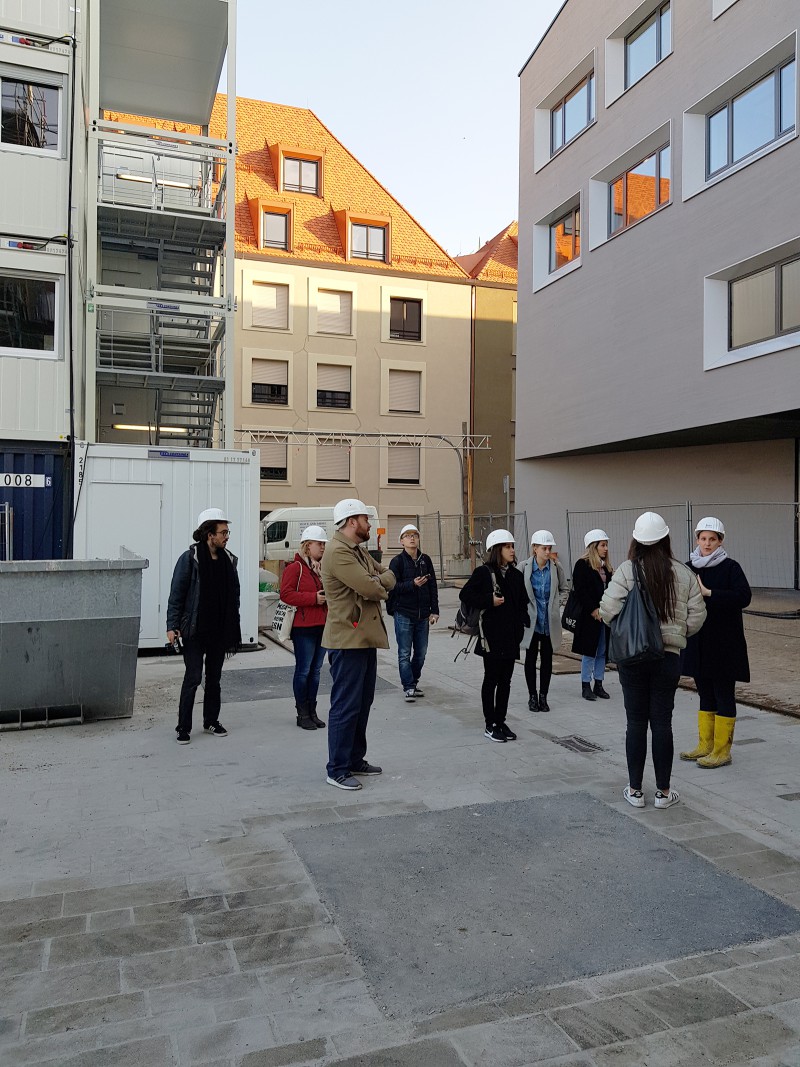 020
020
Fig.___Image: "Grand Tour Bavaria"-group during a guided tour on the construction site of the Bavarian Museum of History in Regensburg, Upper Palatinate in November 2017.
The allocation of the museum to Regensburg among many other Bavarian cities that applied as domicile for this institution, is already part of a policy of Bavarian polycentricity, which in turn is transmitted from Regensburg to the next smaller scale-step. Ministries, administrative organizations, but also museums increasingly get translocated from Munich into the vastness of Bavaria to engage a process of local upgrading. And how Regensburg now gets the museum, the University of Applied Sciences secedes from some of its courses, which are instead now teached in the upper palatinate towns of Amberg or Weiden under the name Eastern Bavarian Technical University. This lighthouse projects are so far not successful in balancing the severe structural problems of the region, which are moreover hardly or not at all subject of public debates.
© c/o now
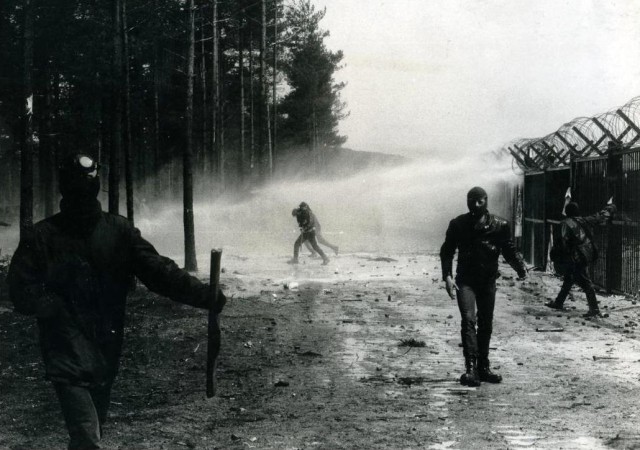 020
020
Fig.___Bild: Widerstand der Atomkraftgegner gegen den Bau der Wiederaufarbeitungsanlage Wackersdorf (WAA) in den 1980er-Jahren.
In den 1980er Jahren war dem sozialdemokratischen Landrat des Landkreises Schwandorf im Herzen der Oberpfalz klar, dass um die Region am Leben zu halten vor allem eines nötig ist: Arbeitsplätze. Daher war er zunächst Feuer und Flamme für die Idee, in seinem Landkreis die Wiederaufarbeitungsanlage (WAA) für abgebrannte Brennstäbe aus den Kernreaktoren Deutschlands zu errichten. Als die bayerische Staatsregierung aber beginnt, auf die kleinsten Anzeichen von Kritik an ihrem Vorhaben heftig zu reagieren, wächst das Misstrauen. Die Stimmung des Landrats und mit ihr der ganzen Region dreht sich. Es entsteht eine Protestbewegung, die sich überwiegend aus dem bürgerlichen und gar aus dem kirchlichen Milieu heraus speist und deshalb nur sehr schwierig zu attackieren ist. Zur Zielscheibe diskreditierender Angriffe werden daher die Bewohner_Innen des überwiegend von Autonomen bewohnten Hüttendorfes im Taxlöder Forst, nächst der Baustelle der Wiederaufarbeitungsanlage. Der bayerische Ministerpräsident Franz-Josef Strauß unterstellt den Bewohner_Innen damals, sie wollten Chaos stiften, um die Machtübernahme der Sowjetunion in Europa vorzubereiten. Im Schatten seiner rhetorischen Entgleisungen wurden die Lebensentwürfe der Bewohner_Innen des Hüttendorfs zum Ziel von Vorurteilen und Beschimpfungen. Explizit erhitzten sich die Gemüter an den emanzipierten Frauen, die einen Großteil der Bewohnerschaft ausmachten und sich oft Beschimpfungen ausgesetzt sahen, die ihnen beispielsweise unterstellten „a Hex'“ zu sein. Obwohl autonome und bürgerlicher Protest sich ob der radikalen Opposition durch die bayerische Staatsregierung in Wackersdorf sehr nahe kamen, wird gerade hier die Konfrontation von Lebensmodellen, plakativ deutlich. Heute würden die Gegner der Frauen im Hüttendorf ihnen wohl „Gender-Wahn“ vorwerfen
By Oliver M. GRUER-LAVIN (Flickr: Wackersdorf) [CC BY-SA 2.0 (https://creativecommons.org/licenses/by-sa/2.0)], via Wikimedia Commons
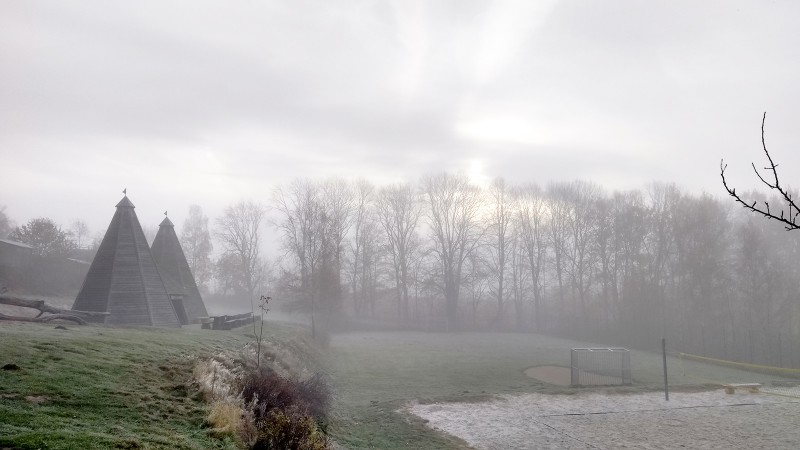 020
020
Fig.___© c/o now
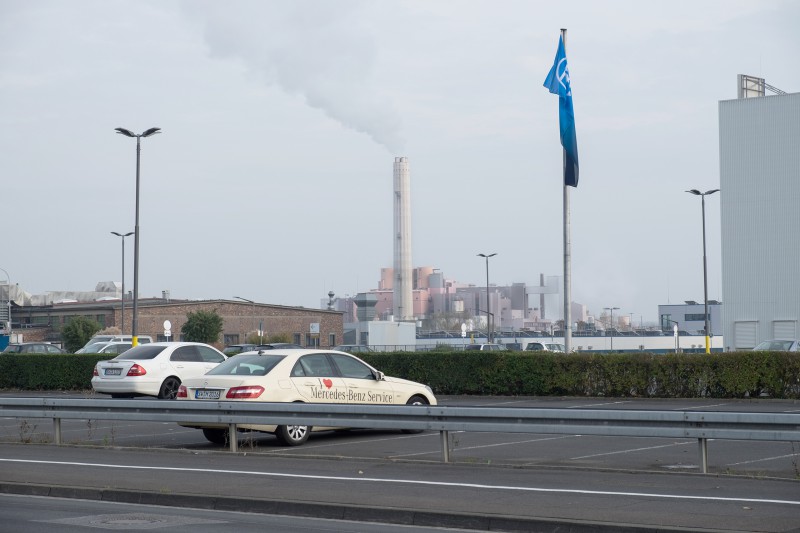 020
020
Fig.___Nick Förster
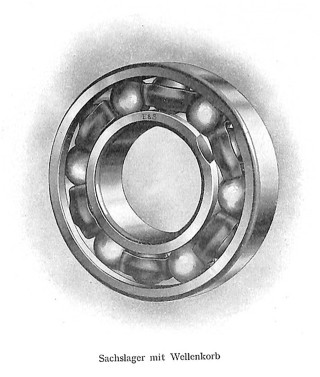 020
020
Fig.___By Wilhelm Wendlandt (1859-1937) (Die deutsche Industrie (1888-1913), Berlin 1913) [Public domain or Public domain]
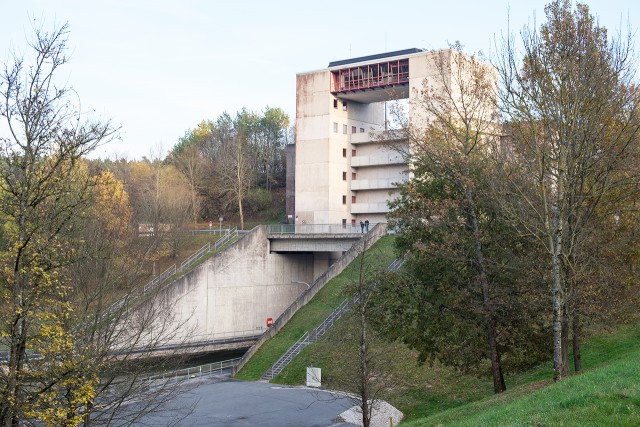 020
020
Fig.___© c/o now
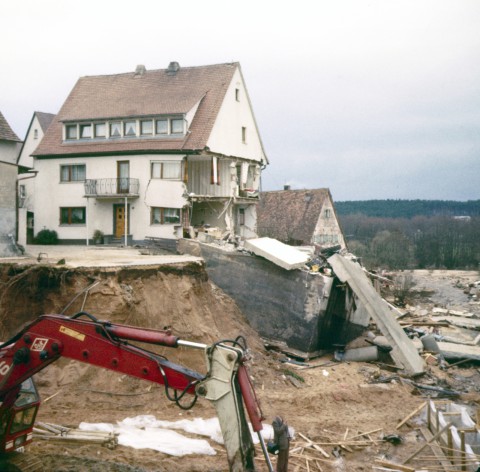 020
020
Fig.___By Pce (Own work) [CC BY-SA 3.0 (https://creativecommons.org/licenses/by-sa/3.0)], via Wikimedia Commons
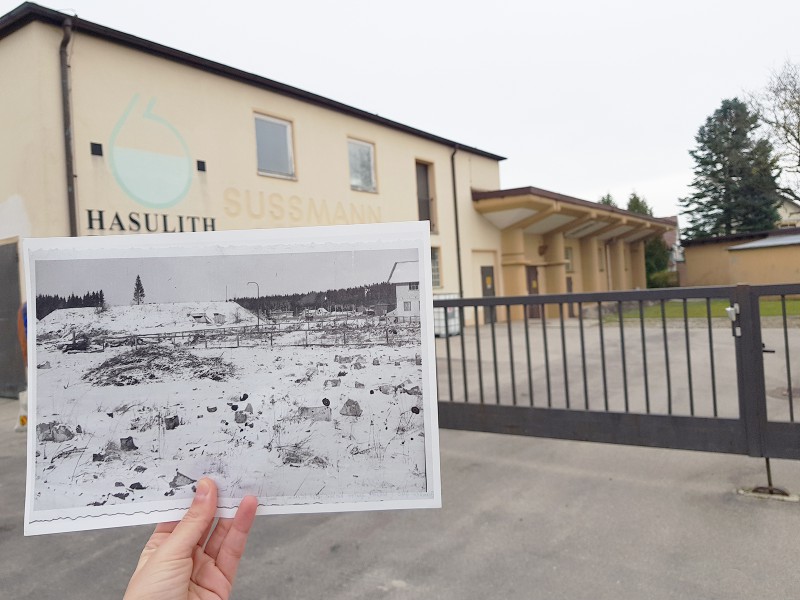 020
020
Fig.___© c/o now
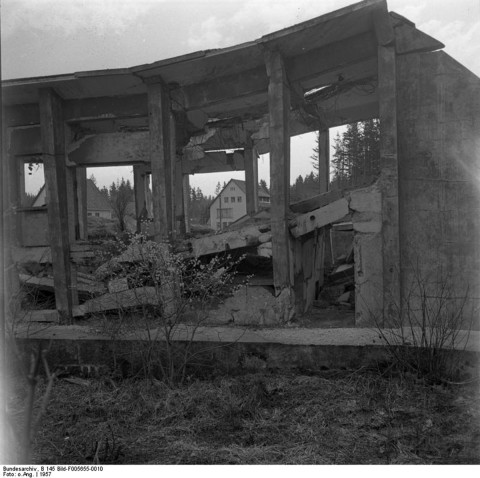 020
020
Fig.___Bundesarchiv, B 145 Bild-F005655-0010 / CC-BY-SA 3.0 [CC BY-SA 3.0 de (https://creativecommons.org/licenses/by-sa/3.0/de/deed.en)]
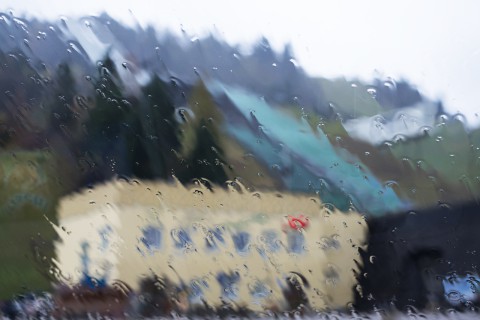 020
020
Fig.___Image: The ski jumping hill in Garmisch-Partenkirchen (Upper Bavaria, Olympic Games 1936) seen through the windscreen of the car on a rainy day.
The Bavarian ideal evoked by lederhosen finds its actual equivalent especially in Upper Bavaria and contains the alps, juicy mountain meadows, snazzy boys and snazzy girls in dirndl dresses, dairy cows, villages with onion towers and geraniums on the balconies, beer and roast pork, and so on. Upper Bavaria which Thomas Mann described as “notorious wonderful” offers not only scenic beauty, it always knew how to play its attractivity and brought all clichés influenceable by manmade design almost to perfection: beside excessive tourism, at least the part of Upper Bavaria between Munich and the Austrian border with its lakes and valleys, became adopted home of many economical-potent “followers” of Thomas Mann.
In tourism statistics Upper Bavaria leaves – even without Munich and its surrounding county – all other administrative districts far behind. Berchtesgadener Land with Berchtesgaden itself, the National Park Berchtesgaden, the Königssee and Bad Reichenhall thereby constitutes a hotspot of tourism. After the decline of spa tourism (due to the health care reform) and the climate-induced drop of winter sports tourism it’s possible to observe a change of touristic offers. The landscape scenery, apart from built environment, is still the same.
Who arrives Berchtesgaden by train, will without leaving the train station find out, that something is different there. Not only that the train station building seems to be oversized, the wall paintings in its entrance hall hit the eye: ode doesn’t need to have a lot of architectural background-knowledge to recognize the building as a hybrid of classicism and so-called Heimatschutzstil. The fact, that Berchtesgaden was the preferred holiday resort of Adolf Hitler, did not only leave its traces in architecture. Today this difficult heritage is a important factor for tourism. It brings welcomed and less welcomed guest to Berchtesgaden…
© c/o now
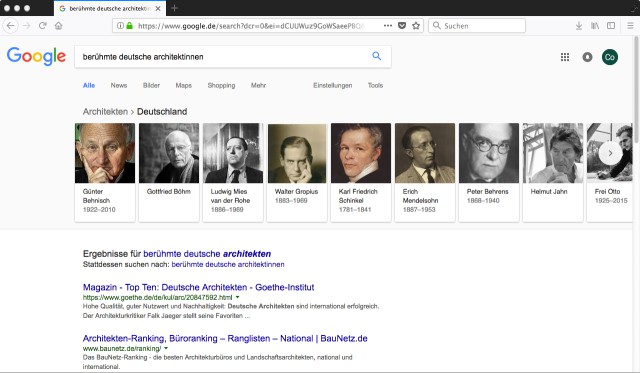 020
020
Fig.___„Famous female german architects“ according to Google: Günter Behnisch, Gottfried Böhm, Ludwig Mies van der Rohe, Walter Gropius, Karl Friedrich Schinkel, Erich Mendelsohn, Peter Behrens, Helmut Jahn, Frei Otto u.a.
Google
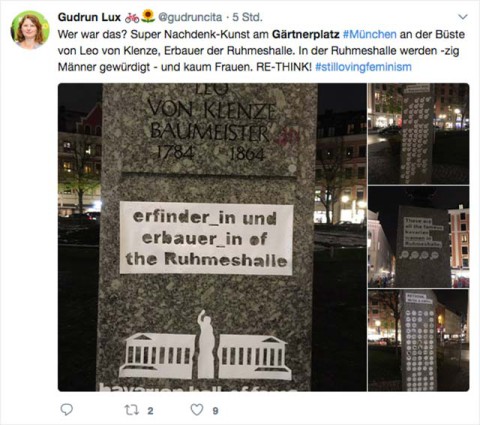 020
020
Fig.___The Munich Green Party's chairwoman passed the students intervention on Gärtnerplatz and obviously liked it...
http://twitter.com/
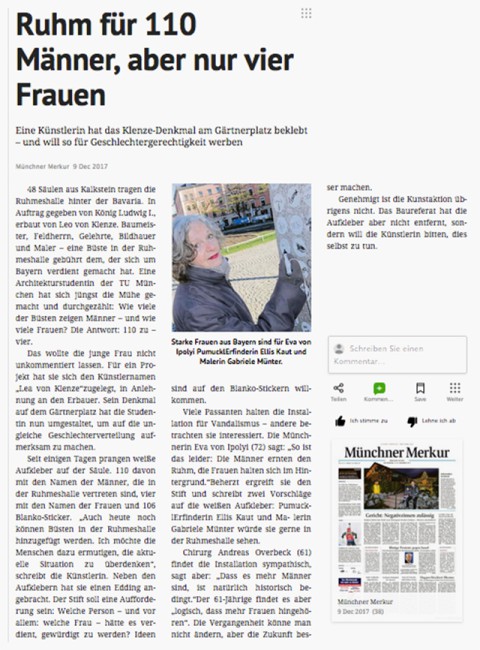 020
020
Fig.___© Münchner Merkur
